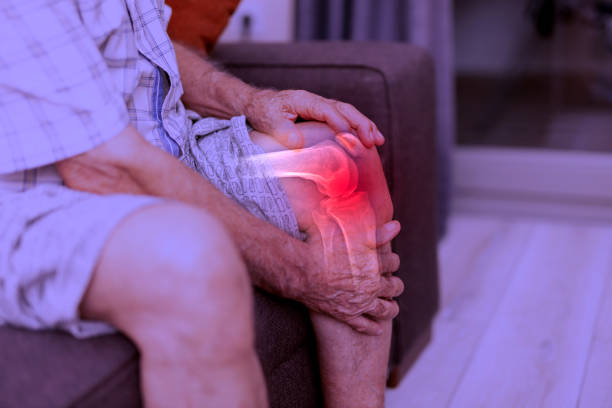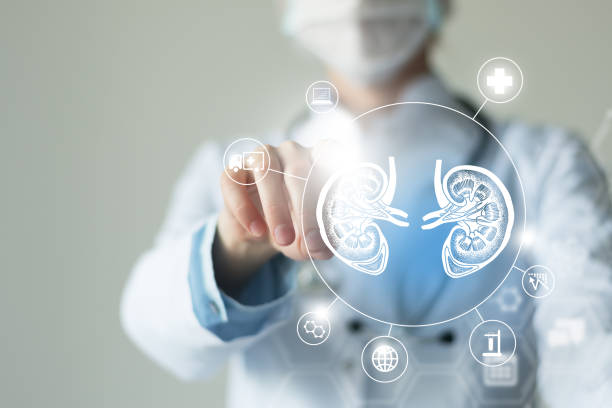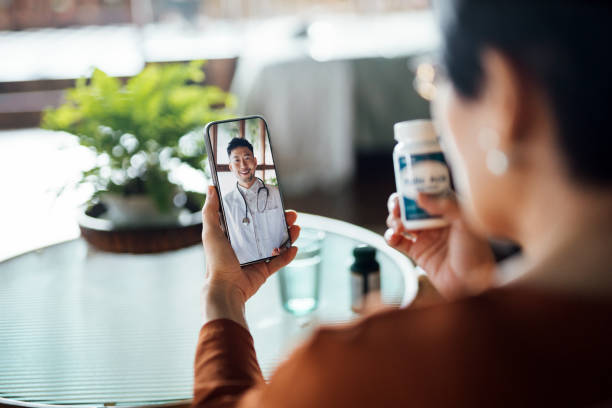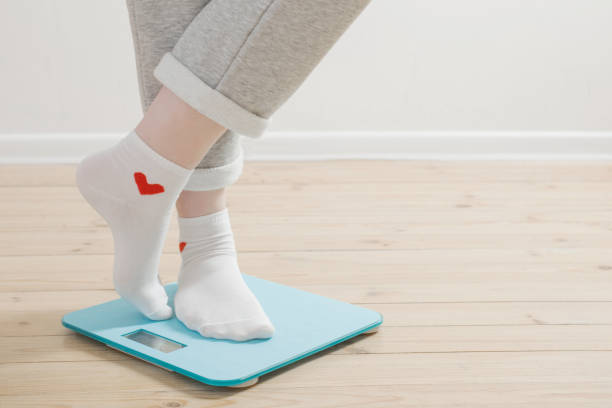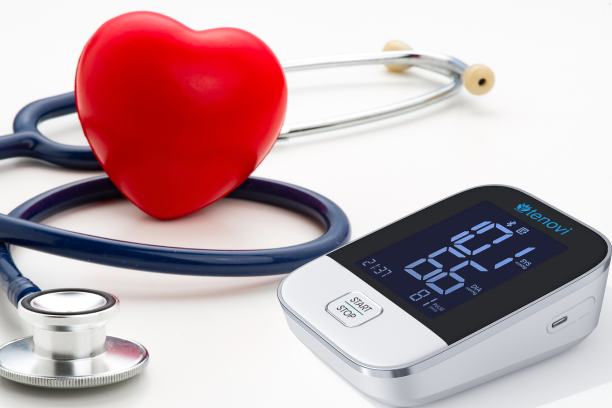How Remote Monitoring Technologies Improve Respiratory Patient Care
Remote respiratory monitoring technologies could help address the immense burden of respiratory diseases such as asthma, chronic obstructive pulmonary disease (COPD), and respiratory infections, impacting hundreds of millions globally. This article discusses a new study on using digital health technologies to improve care for respiratory patients. Respiratory diseases such as asthma, chronic obstructive pulmonary disease […]
How Remote Monitoring Technologies Improve Respiratory Patient Care Read More »


